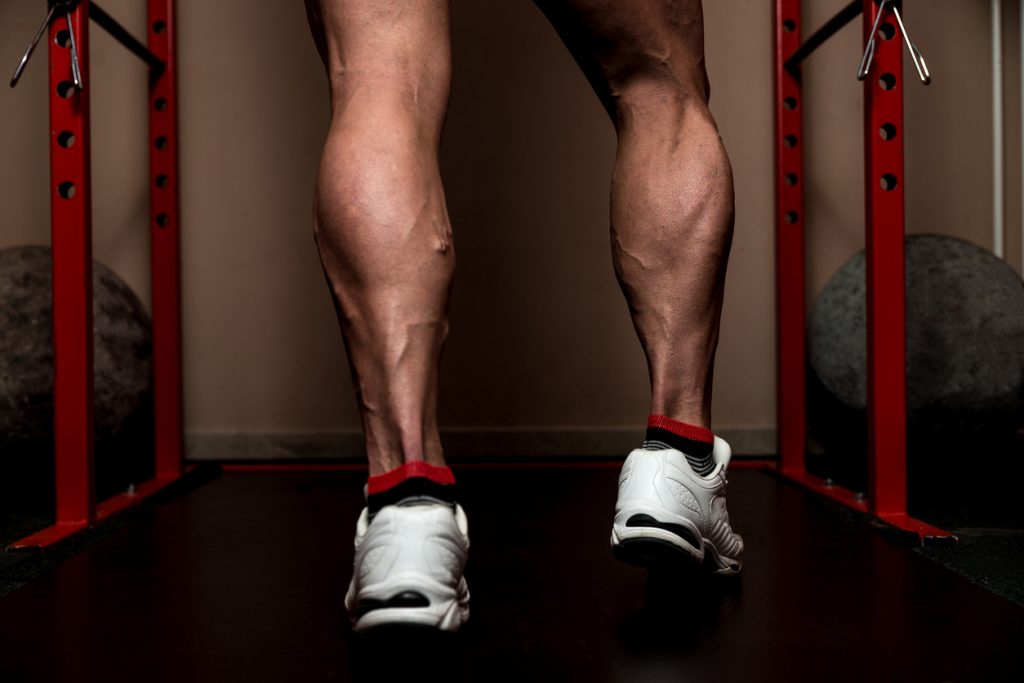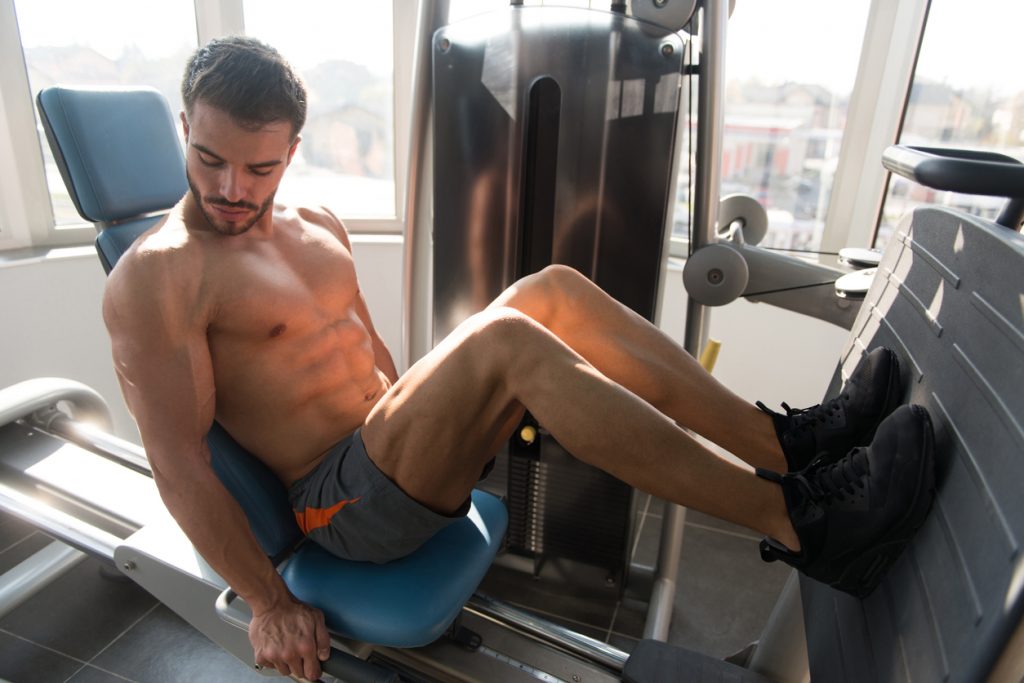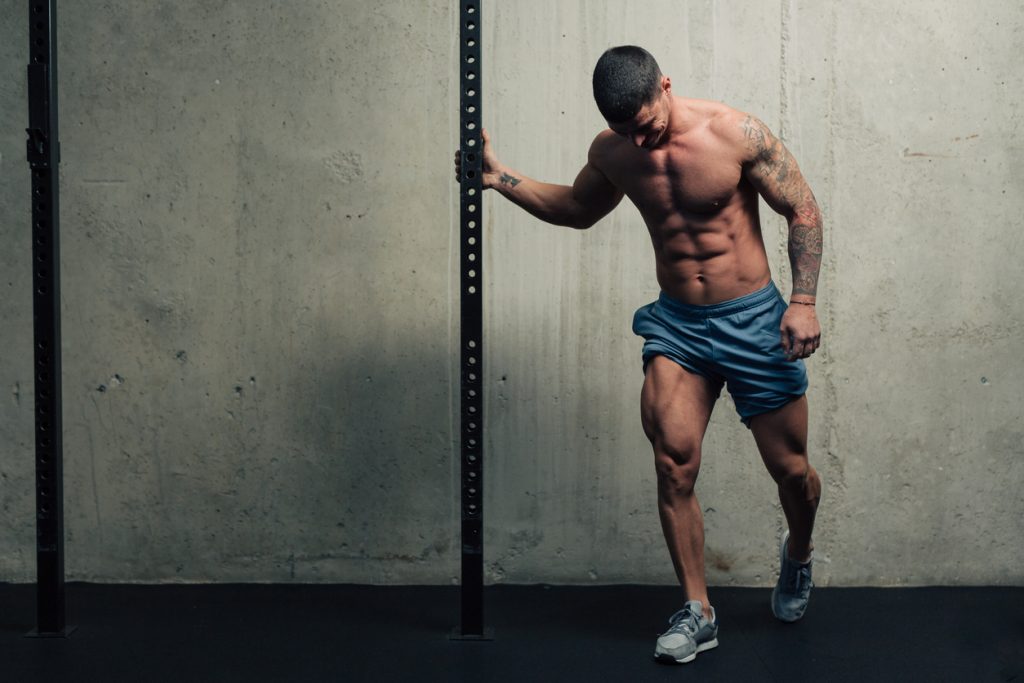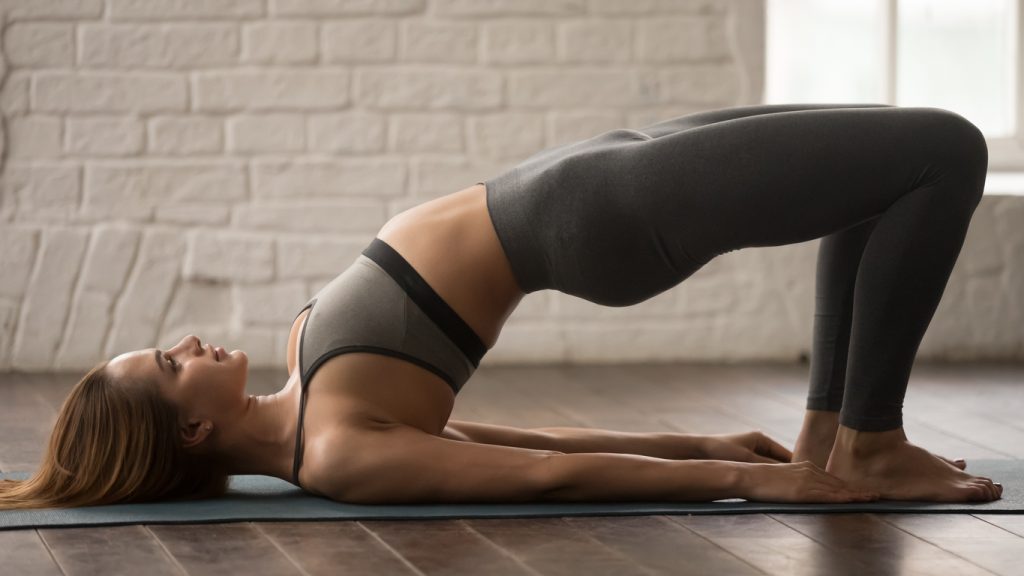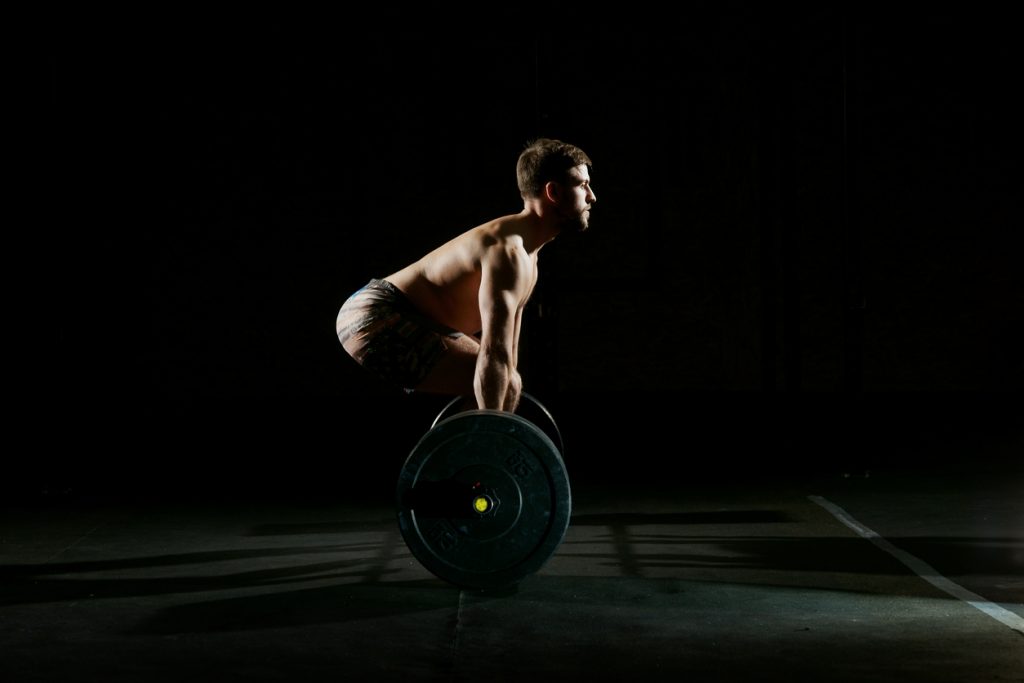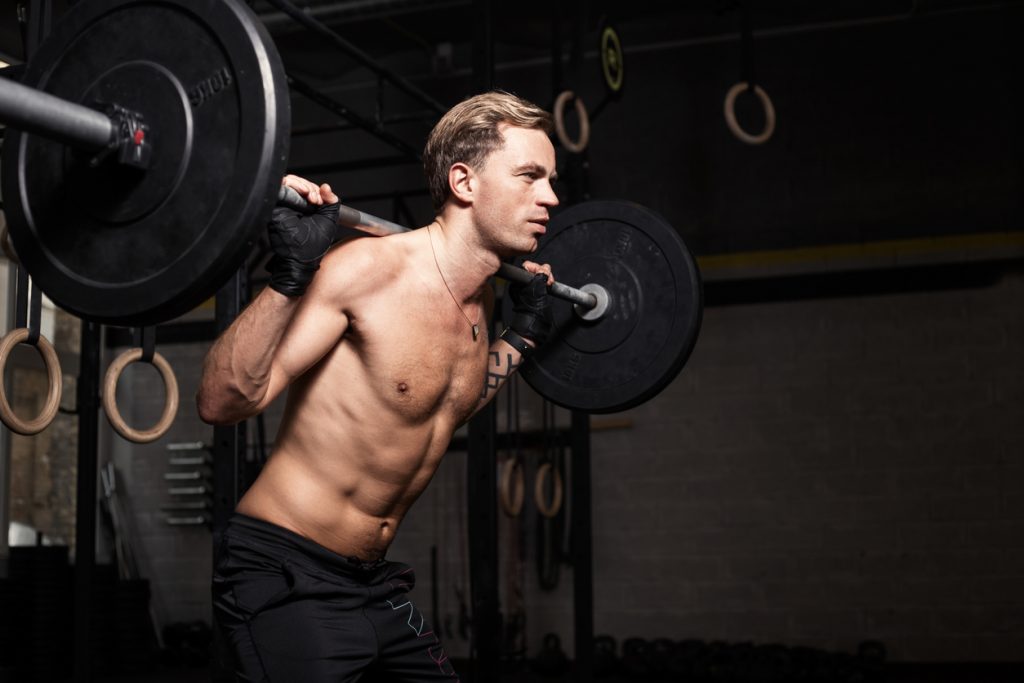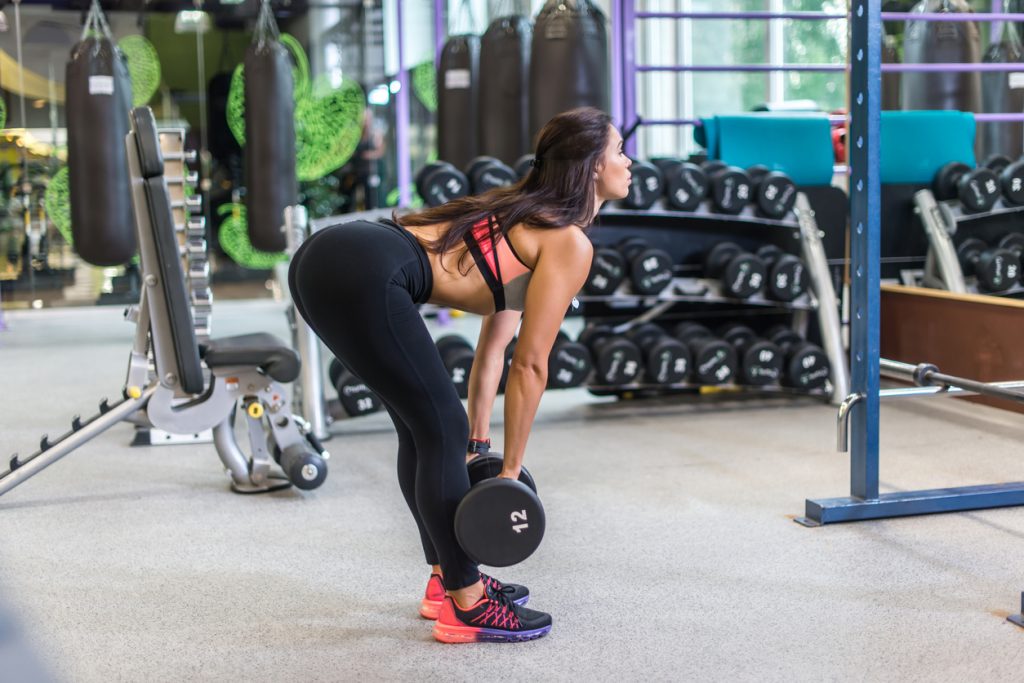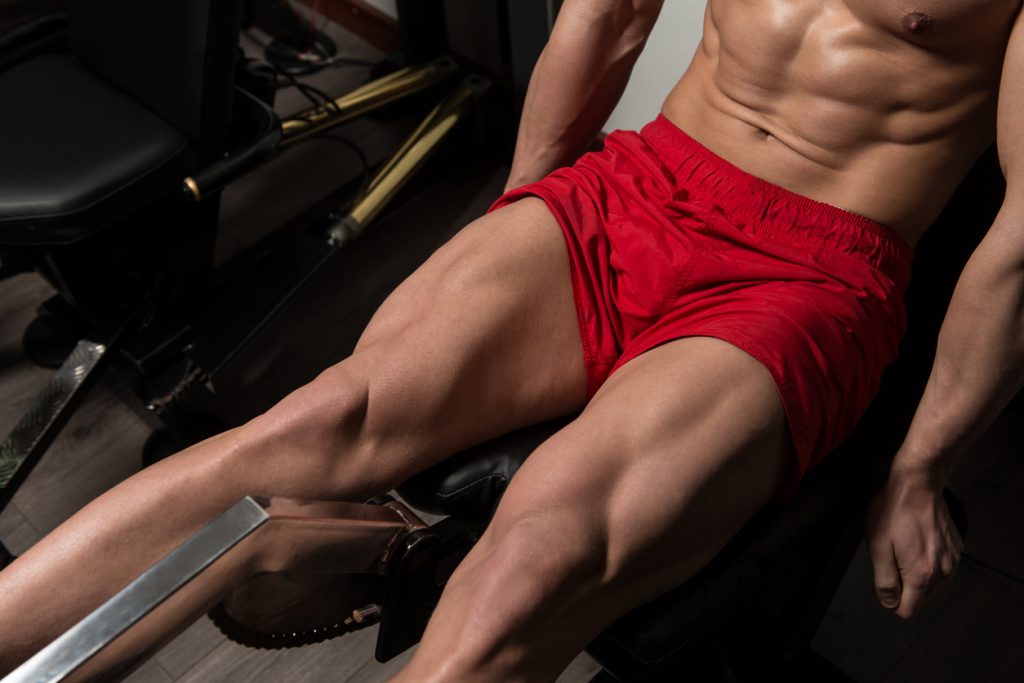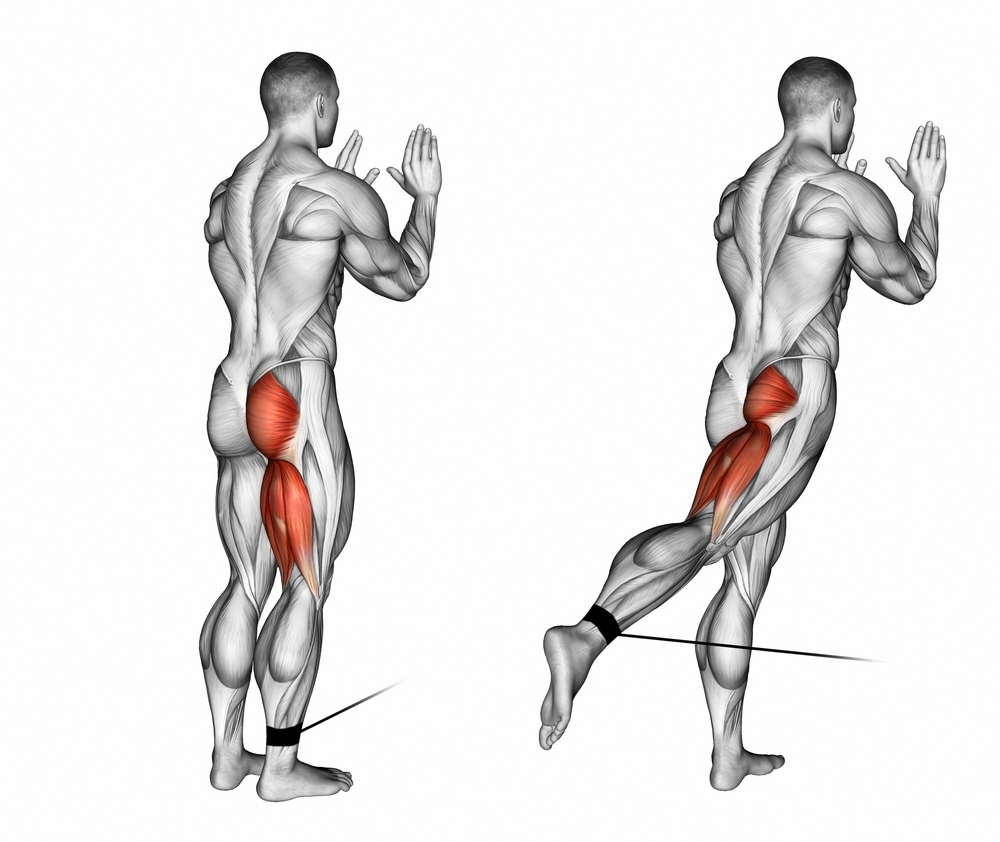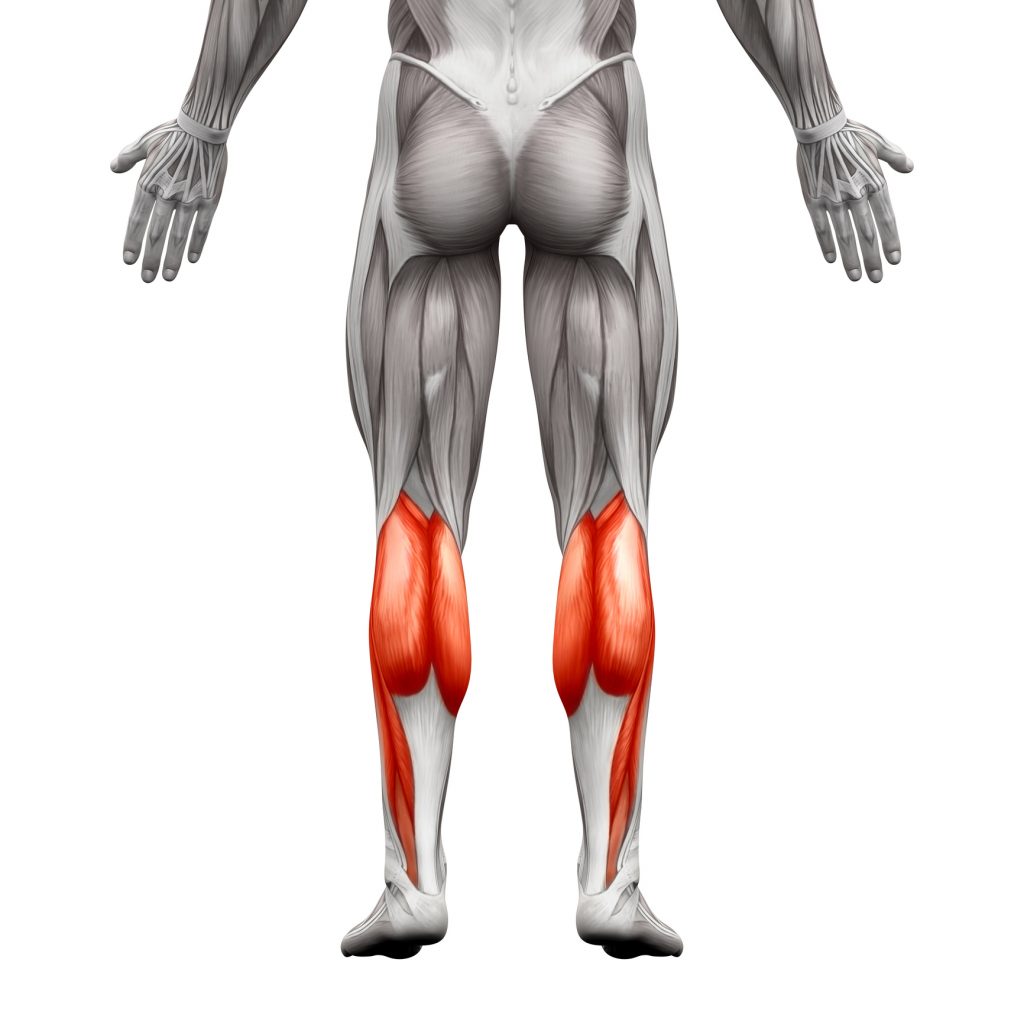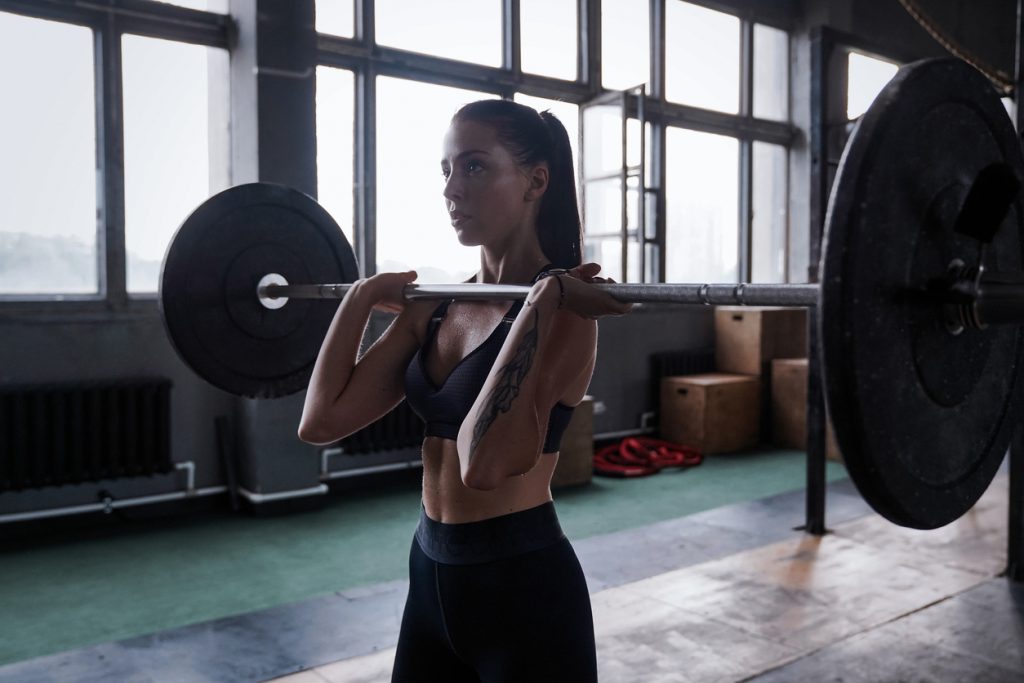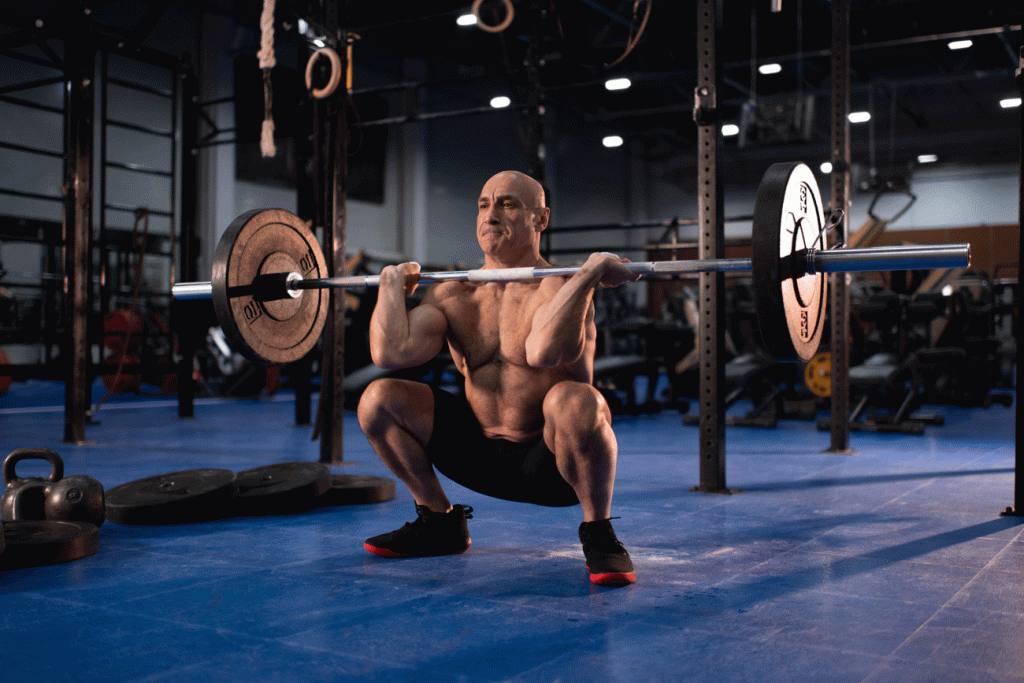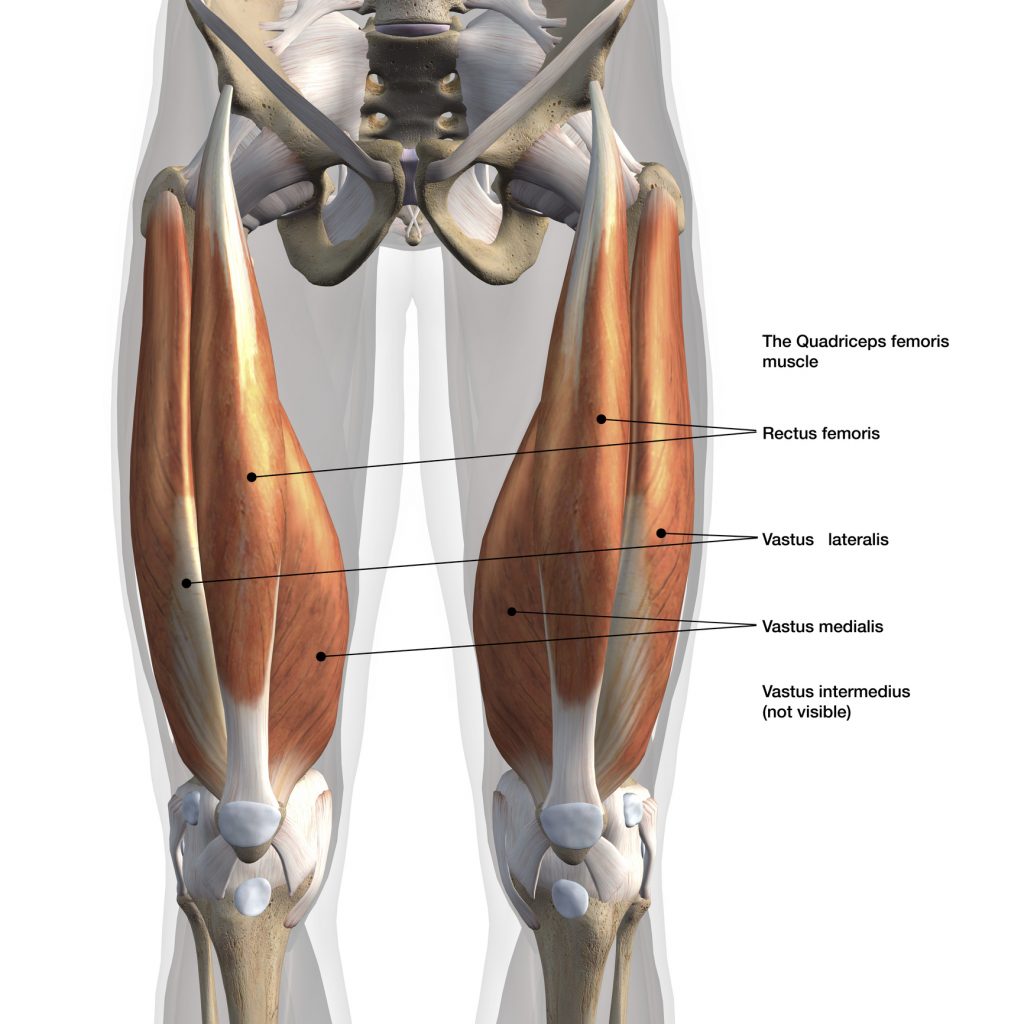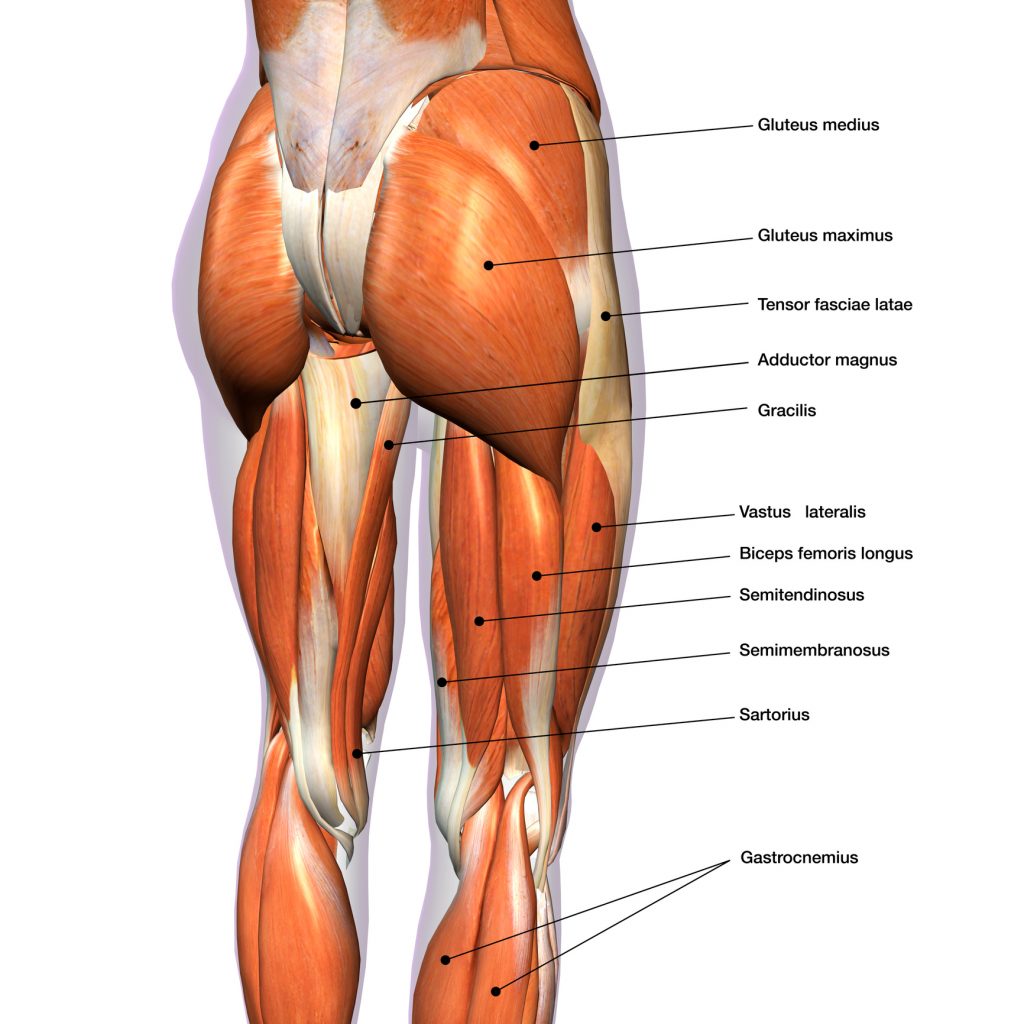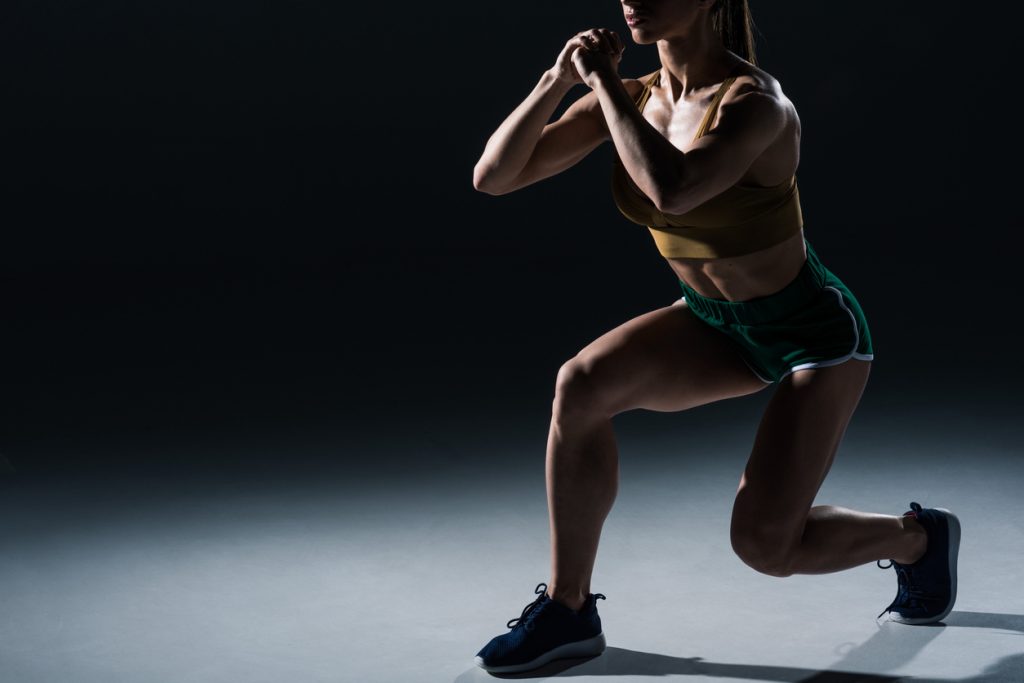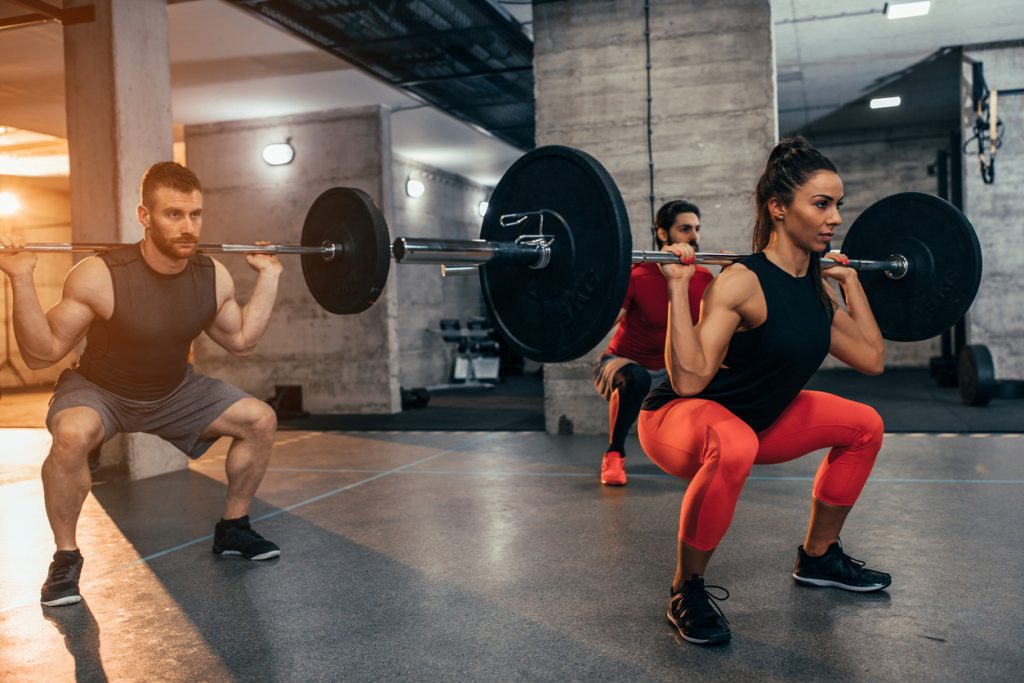The calves or sural triceps are among the most difficult muscles to develop. Most of the time, they are neglected in the gym. When it comes to improving the strength of the lower body, the exercises that come to mind are those that train the hamstrings, the glutes or the quadriceps.
However, for aesthetic reasons, but also for health reasons, the calves should not be neglected.
In terms of anatomy, they refer to the posterior part of the leg located between the hock and the Achilles tendon. They consist of the soleus muscle and the medial and lateral heads of the gastrocnemius.
Together, these three parts form an extremely powerful muscle group, responsible for the extension of the foot. The calf is short and difficult to develop if the Achilles tendon is long. But don't worry, our experts have selected for you the best exercises to extend the calves.
Why should you develop your calves?
The usefulness of the calves in sport is underestimated. Many people do not realise how beneficial they can be when they are firm.
Avoiding injuries in sport
The calves act as a heart pump011. They prevent muscle cramps, swelling, varicose veins, etc. In addition, when practising certain movements such as sprinting, it is necessary to change position. In these cases, it is the calves that bear more than 10 times the body weight. In addition, during jumping exercises, they stabilise the knees and protect the joints. If they lack training, they may find it difficult to bear this load and be easily injured. An example of this is the case of "tennis-leg", a common injury among tennis players. Strong calves, on the other hand, make it possible to perform these types of exercises safely.
Increasing propulsive function
The Achilles tendon, which is linked to the contraction of the sural triceps, takes on the function of a shock absorber-spring. It is an optimisation between the stopping of movements and the bringing together of the insertion points which allows the propulsion. In other words, it increases the power of the vertical jump. Regularly trained calves can therefore perform fast movements that are usually complicated such as squat jumps or high jumps.
Improve performance in running
According to Finnish scientists, the calves are used up to 25% more than the quadriceps during running. This is the reason why the calves get tired quickly during running. They absorb shocks and provide the necessary momentum. More specifically, they control the gesture of pointing the sole of the foot downwards, which is essential in running. Therefore, strengthening these muscles will improve efficiency in running.
Tricks for strengthening the calves
Because of the particular difficulty of working these muscles, the exercises are quite complicated, but still feasible. To perform them you need a lot of motivation and seriousness. The advice must be applied scrupulously in order to have beautiful calves.
To tone them, exercises with maximum intensity are necessary. To do this, priority must be given to this part of the training sessions. The frequency of training should be high, up to 3 or 4 times a week. In addition, a maximum amplitude must be exercised in order to ensure the development of the muscle. This means that at each repetition, extensions and flexions must be performed with full amplitude.
The loads to be used are heavy, without botching the execution of the movements. The great bodybuilder Arnold Schwarzenegger even advises to use a load corresponding to 2 times the body weight.
Here are some examples of exercises to extend the calves:
Standing on one leg
This exercise strengthens the "twins " in particular. You have to stand upright with one hand and the tip of the foot on the wedge. Once this is done, go up and down as much as possible with a strong contraction. Inhale as you descend and exhale as you ascend. Avoid bending the knee and working with straight legs.
The sitting position with plantar flexion
This is particularly good for the soleus muscle. To do this, sit on a chair with your feet on a step or staircase and push on your feet. Put a load on the barbell you are lifting, the weight of which is at the limit of what you can bear, without taking your legs off the barbell or your buttocks off the seat.
Machine standing calf raises
This technique is very effective as it makes the whole calf muscles work. It involves standing on a step or staircase with your heels off the ground and your shoulders braced. Stand on your tiptoes while lowering your heels all the way down during the negative phase. Remember to keep your knees slightly bent.
Caution: training should be progressive, with lighter loads during the first sessions. The first few sessions should be done in order to avoid pain in the following days and a possible inflammation of the Achilles tendon.

